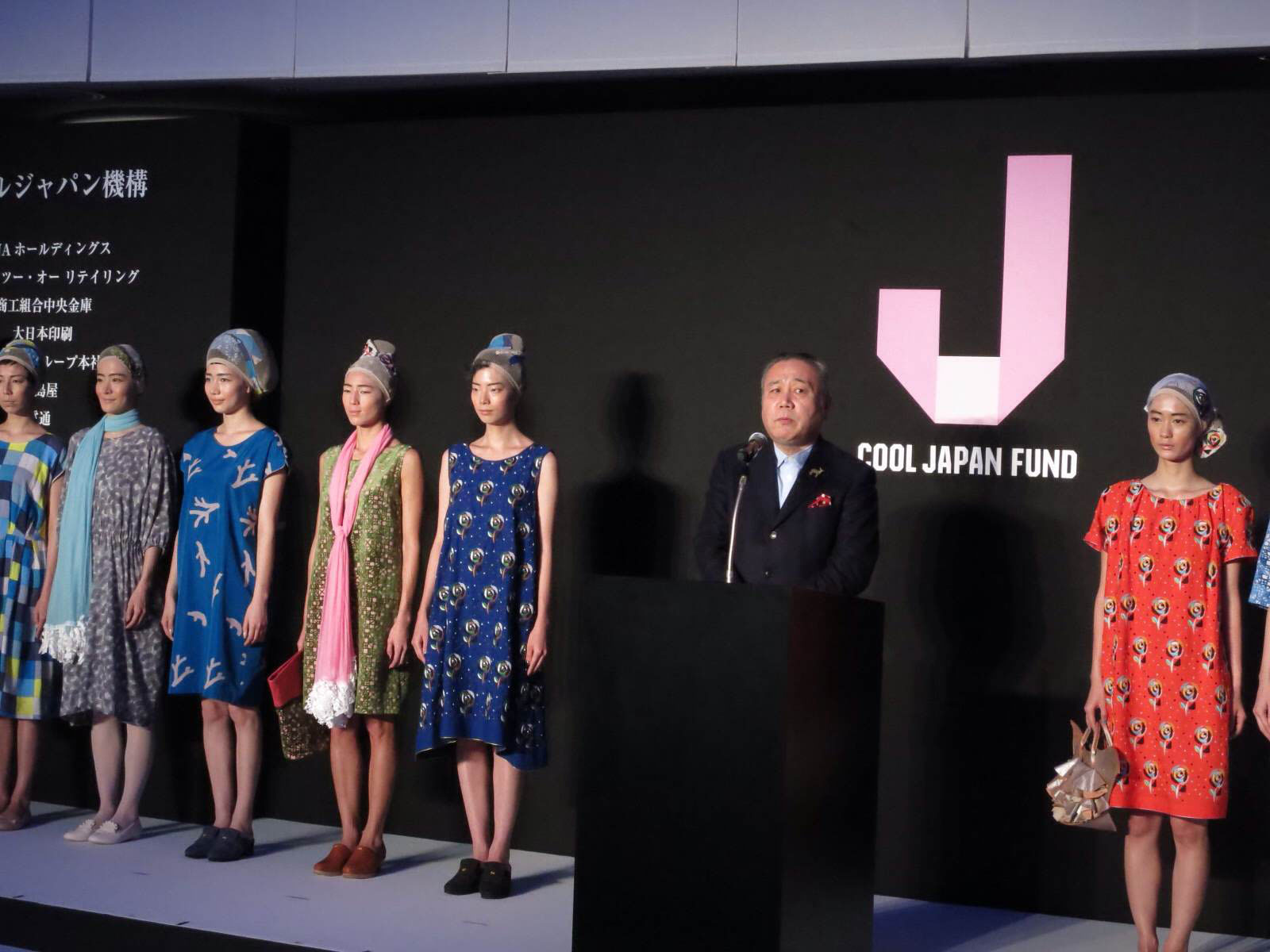After years of talk, 2013 marked a watershed moment in the government's Cool Japan campaign. Which begs the question: Is Japan cool?
As a robot-obsessed kid growing up in the 1970s and '80s, I always thought so. But for years, the anime and manga that drove me to learn Japanese and start a career in Tokyo was maligned as "junk culture" at best and scandalous at worst. One of my all-time favorite manga artists, Go Nagai, was even branded an "enemy of society" by Japanese school PTA groups after the publication of his admittedly edgy "Harenchi Gakuen (Shameless School)" in the early '70s.
Somewhere around the early 2000s, things started changing. After a string of international anime successes such as "Gundam Wing," "Pokémon," "Dragonball Z" and "Sailor Moon," the Japanese government belatedly began waking up to the influence of the nation's pop culture — a phenomenon dubbed "soft power," as a counterpoint to "hard" exports such as cameras or cars. By 2003, the concept seemed like a no-brainer. Anime was everywhere. The creators of the hit "Matrix" films cited anime as a direct inspiration, director Hayao Miyazaki won an Oscar for his film "Spirited Away" and director Quentin Tarantino incorporated an extensive anime sequence into "Kill Bill: Vol. 1." So Japan was cool, once and for all.



